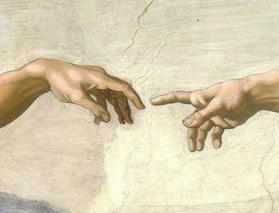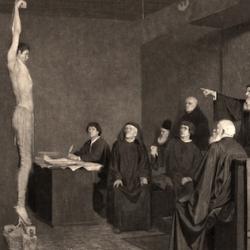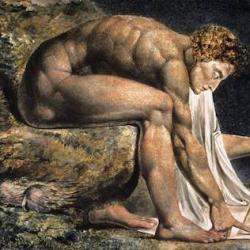Shapin again ( The Scientific Revolution (science.culture) , 72-73): He offers a fascinating description of the challenges of persuasion in early modern science. Galileo claimed that his telescope proved there were moons around Jupiter. Many of those who looked through his device didn’t see what he saw. Some refused to look at all, perhaps considering it to be impious to be gawking into the heavens like that. Others peered through and saw things, but were not convinced that they could see what was really there: “Many of these witnesses allowed that though the telescope worked ‘wonderfully’ for terrestrial vision, it failed or ‘deceived’ in the celestial realm.”
When we learned to look through a microscope or telescope in junior high, we didn’t have the same problems, but that is because we live in “a culture that had already granted the reliability of these instruments (properly used), that had already decided for us what sorts of things authentically existed in the domains of the very distant and the very small, and that had provided structures of authority within which we could learn what to see.”
Galileo had none of this: “they had to be laboriously created and disseminated.”















